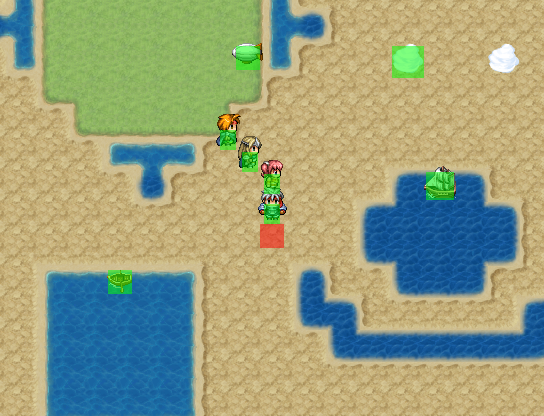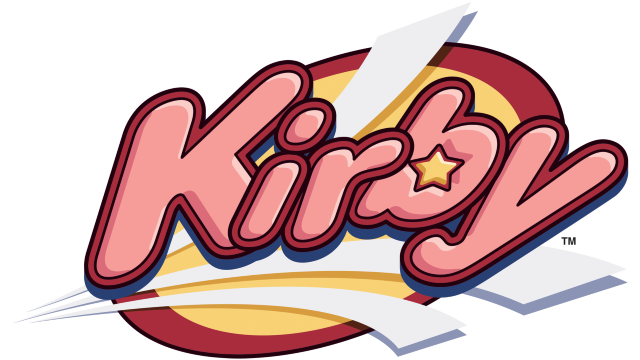

# At the beginning of the filename, but after an optional !, you will need to # that is only if it's placed at the very beginning. # continue though it is needed to say that only the ! sign works here, and # On top of that though I've added a new way to define frames. # animation, and where the asterix (*) defines the amount of frames. # convention, where defines the amount of frames present on a character's # First of all, I've added support for Victor Engine's Multi Frames naming # You have the standard name signs, like ! and $, but on top of that you'll # How the animations are displayed is dependent on the name of the resource. By default it's disabled, as the main focus
However, I did implement a basic diagonal movement system All basic features here are set in place so you as a developer can # Before I begin, I would like to point out that this is mainly a developer # - move_diagonal(horz, vert) (when diagonal movement is enabled) # - move_by_input (when diagonal movement is enabled) # these methods, otherwise this script stops working. # otherwise, make sure this script is loaded after any other script overriding # is used by other scripts get overridden, you can place it anywhere, # This script adds aliases for several methods. # that this script will stop working due to that. # used by other scripts get overridden, you can place it anywhere, otherwise, # Make sure to put this below Materials, but above Main Process.

# frames and for procedurally generated sprites. # at it, I could also work on adding support for sprites with more animation # should add diagonal animations to my Free Movement script, so, while I was I came up with the idea after someone suggested I # it's a nice feature to use in this script, but it could also have some use # Sometimes when coming up with new scripts I hit a point where I think, well, # * Fixed: Diagonal animation not showing up correctly on character sheets with If no argument other than the bitmap is used, it defaults to a regular eight character sprite sheet. When you have the bitmap ready, you can use the CXJ::ANIMEX::AnimBitmap class. Īs said in the introduction, one can also use procedurally generated sprites. This setting is ignored if there are already eight or nine rows. To define if a character has diagonal sprites, one has to set to true. To make use of diagonal sprites, one has to put diagonal sprites at the following index as in other diagonal sprite scripts. In any other case, it will only use the first four rows to determine the row, where bottom left is 0, top left is 1, bottom right is 2 and top right is 3. There are two ways this is accomplished.įirst, if there are eight or nine animation rows for a character, it uses the following table to determine which row it picks: Bottom (2): 0 This script has support for diagonal sprites. With this script, you can place more characters on a sheet, although both the database as well as the events stop working correctly. When wrap_around is set to true, it will act like Victor's multi frames script, meaning when it reaches the end of the animation, instead of going backwards again, it will start again at the beginning. Wrap_around? - If it wraps around the animation (optional, 0: off, 1: on) Index_rows - The amount of rows for each line of charactersĪnim_frames - The amount of frames per characterĪnim_rows - The amount of rows for each character Having said that, let's continue.Īt the beginning of the filename, but after an optional !, you will need to use the following tag: index_cols - The amount of characters per row Before I continue though it is needed to say that only the ! sign works here, and that is only if it's placed at the very beginning. On top of that though I've added a new way to define frames. You have the standard name signs, like ! and $, but on top of that you'll have a few new options.įirst of all, I've added support for Victor Engine's Multi Frames naming convention, where defines the amount of frames present on a character's animation, and where the asterix (*) defines the amount of frames. How the animations are displayed is dependent on the name of the resource.

By default it's disabled, as the main focus doesn't lie there. However, I did implement a basic diagonal movement system that can be turned on or off. All basic features here are set in place so you as a developer can build upon it. Before I begin, I would like to point out that this is mainly a developer tool.


 0 kommentar(er)
0 kommentar(er)
